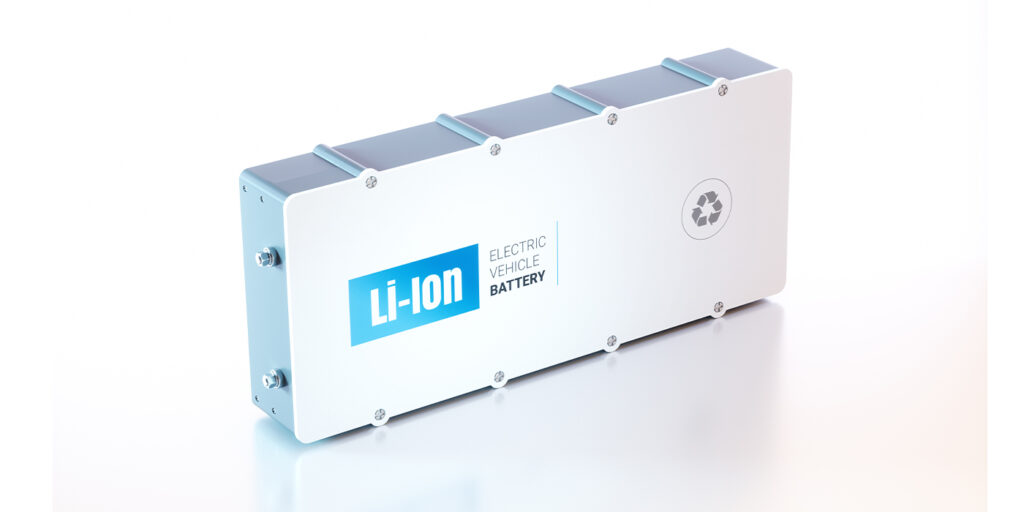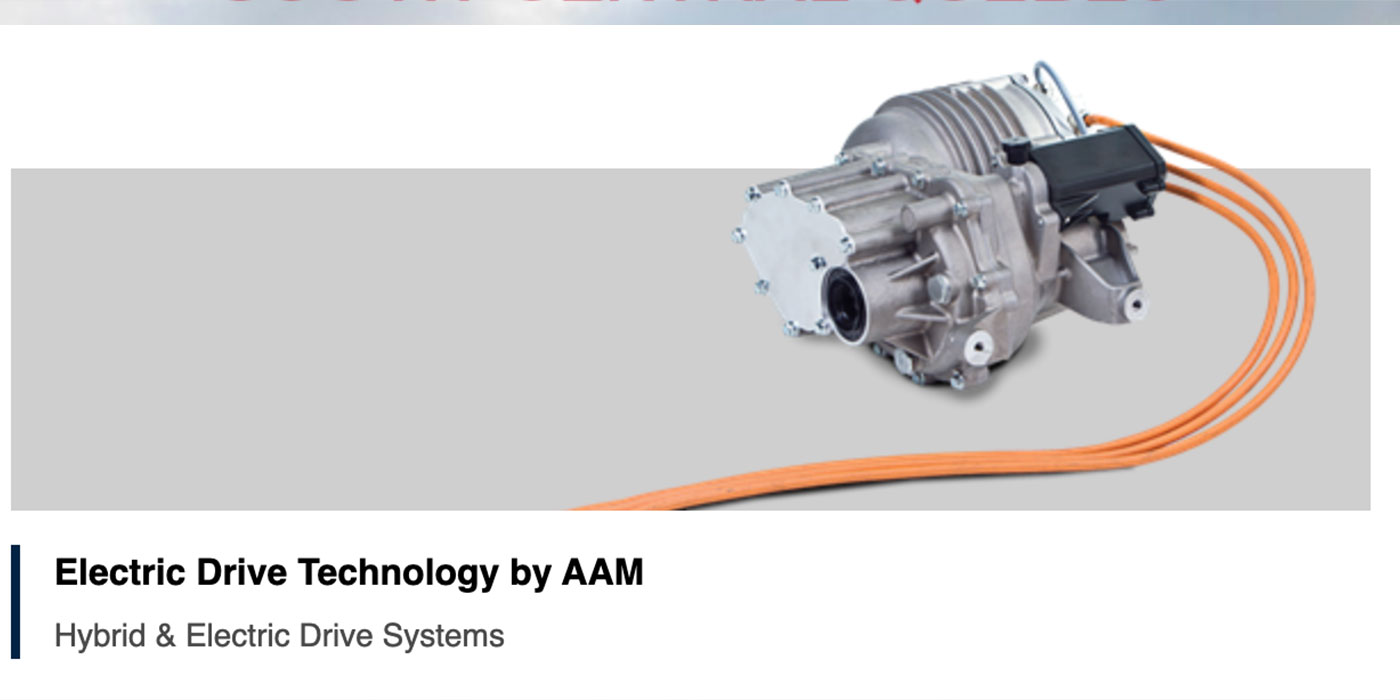While EVs still represent a small percentage of the overall car parc, the buzz around the EV sector seems to have hit a fever pitch in recent months. The EV hype is nothing new. We’ve been hearing projections and conjecture about an electric future for a number of years now.
But recent U.S. sales figures suggest we’re moving beyond the conjecture phase.
According to an analysis of the U.S. auto market by Cox Automotive and Kelley Blue Book, sales growth of electric and hybrid vehicles outpaced the overall market by a country mile in the first quarter of 2021. Sales of electrified vehicles were up nearly 81% year over year, compared to 11.4% for the overall vehicle market. According to the analysis, electrified vehicles accounted for 7.8% of the total U.S. market, up from 4.8% in first-quarter 2020.
“Electrified-vehicle growth in the U.S. and around the world is shining a spotlight on battery development and sourcing,” said Cox Automotive Executive Analyst Michelle Krebs. “As the industry builds more vehicles with battery packs, sourcing of these parts and lifetime management of the battery cells is a critical hurdle the industry must clear.”
Matthias Vette-Steinkamp, a professor and researcher at the Trier University of Applied Sciences Environmental Campus in Birkenfeld, Germany, is particularly interested in the fate of EV batteries once they reach the end of their automotive lifecycle. In a presentation during the virtual Rematec trade show in May, Vette-Steinkamp explained that EV batteries typically last about eight years. Vette-Steinkamp, whose research focuses on robotics and automation in industrial production, emphasized the pressing need to develop “second-life concepts” for automotive lithium-ion battery packs.
According to a report by the Union of Concerned Scientists (UCS), there are fewer than a dozen facilities for recycling EV batteries today, and their capacity falls far short of what’s needed to keep pace with today’s global EV sales, let alone the projected EV sales into the 2030s. Recycling capacity in the United States is “especially limited.”
The report cites research indicating that EV battery packs likely still retain more than two-thirds of their usable energy-storage capacity when they reach the end of their useful lives in EVs. “In some cases, such batteries could be refurbished for use in another vehicle or in a lower-power, stationary application,” the report asserts.
“One second-life concept, for example, is [for use in] a battery system for industrial parks so they can use photovoltaic systems,” Vette-Steinkamp noted. Low-cost energy storage for utilities and electricity consumers is another possibility, the UCS report points out.
With the minerals that go into lithium-ion batteries in high demand, recycled materials from used EV batteries could help meet a significant portion of the demand for new batteries, the report also asserts.
That’s all well and good, but the 800-pound gorilla in the room, so to speak, is the operating voltage of EV batteries, which can range from 200 to 800 volts. That presents special safety challenges during the disassembly and remanufacturing process – which is why Vette-Steinkamp is adamant that remanufacturers will need to employ robotics and automation for tasks that aren’t safe for humans.
During his presentation, Vette-Steinkamp displayed a concept drawing of a partially automated disassembly station. The station is located inside a sea container, which makes it decentralized (“we can put these containers in different regions” based on their EV sales) and flexible (“if you have a problem with the battery, we can close the sea container”). Robots disassemble the battery modules and cells.
There are plenty of questions that will need to be answered before a system like this can hit the market. The biggest question is: Who would operate it? OEMs? Remanufacturers? Repair shops? The system would need to be designed in such a way that someone with little or no experience with industrial robotics – a shop technician for example – could use it.
Also, the system would need to be able to disassemble multiple generations and variants of batteries from disparate manufacturers, and achieve cycle times and production volumes that would make it profitable for the operator, Vette-Steinkamp noted.
Still, those challenges aren’t dampening his enthusiasm for the remanufacturing opportunities that the EV sector presents.
“Whether you like electric cars or not, in my opinion, there’s a really big market for the remanufacturing of these batteries,” Vette-Steinkamp said. “Now is a good time to step into this technology and get familiar with the processes and what you can do in remanufacturing with your environment at the moment.”














